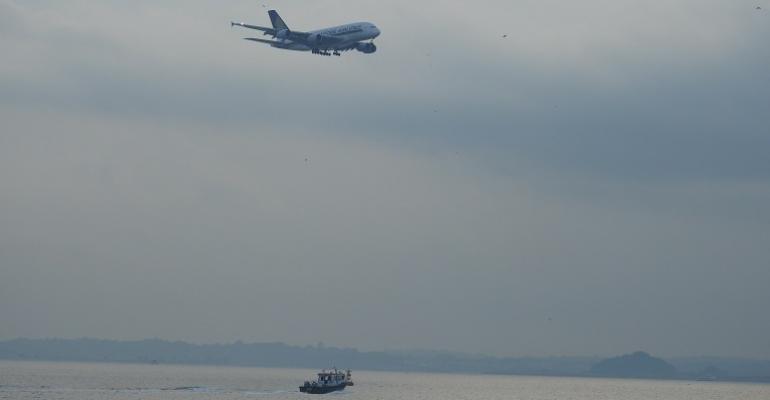The last few weeks have seen a flurry of moves to try and find a solution to a rapidly emerging crew change crisis as countries close borders and bar seafarers from leaving their vessels and undertaking crew changes at key ports. There are calls for seafarers to be internationally recognised as key workers exempting them from travel restrictions and globally coordinated approach to crew changes.
There have been a few positive signs of progress such as the UK recognising seafarers as key workers and Singapore’s announcement that it will allow crew changes in “special circumstances”.
The Singapore move is a typically pragmatic one by the country’s authorities and government which has won global praise for its handling of the pandemic avoiding lock down through a tiered series of measures that are both widely adhered to and strongly enforced.
The conditions though of the Maritime & Port Authority of Singapore’s (MPA) circular on allowing crew changes in “special circumstances” include presenting evidence of a travel itinerary. Here in lies another completely different problem for any potential solution to the crew change issue – the almost total shutdown of much of the global passenger air travel industry.
A check of departures today at the normally extremely busy Changi Airport in Singapore shows just 10 departing passenger flights between 10am and midnight that have not been cancelled at the time of writing. It is a situation that is repeated across major transport hubs with the likes of Emirates grounding its entire fleet.
As such a “special circumstance” crew change in Singapore at present would most likely be limited to the small pool of local national seafarers and Malaysians who can make a land border crossing with a 14-day quarantine.
The air travel component will be major hurdle for any solution to international crew change at this time.
If seafarers were designated key workers internationally in theory owners and managers could come together to charter planes to bring in seafarers from major crewing locations. Another possibility would be to have single nationality crews boarding at ports in their countries of origin, for example Mumbai or Manila. Although both these cities are currently in lockdown.
Hopefully lockdown measures currently in place across the globe will prove successful as they have been in China but it will likely take the international air travel industry considerable time to return to anything resembling normal. In the meantime shipping will need to seek a solution to air travel as well if it is to address the crew change issue.
Copyright © 2024. All rights reserved. Seatrade, a trading name of Informa Markets (UK) Limited.
Add Seatrade Maritime News to your Google News feed.  |

